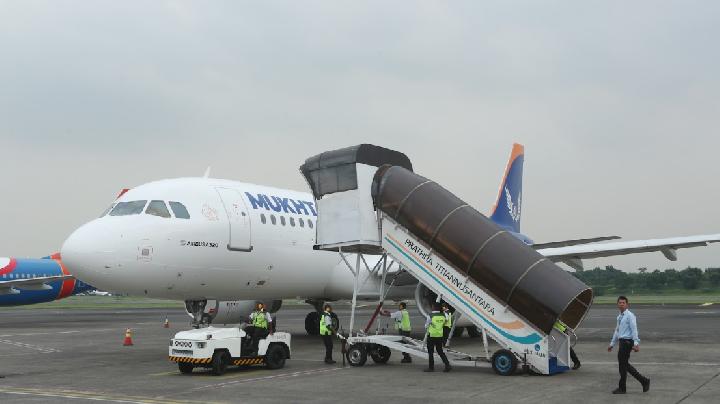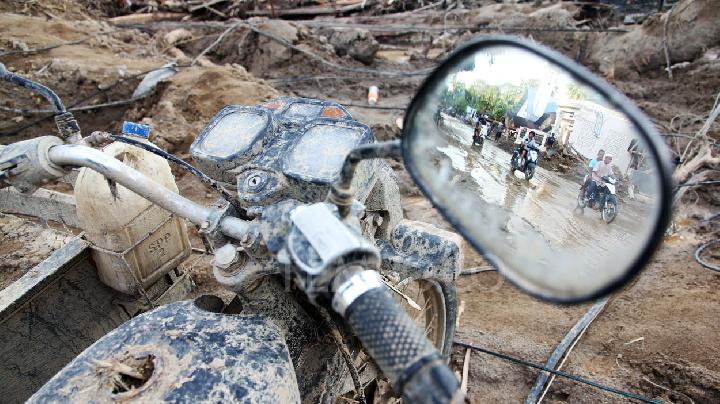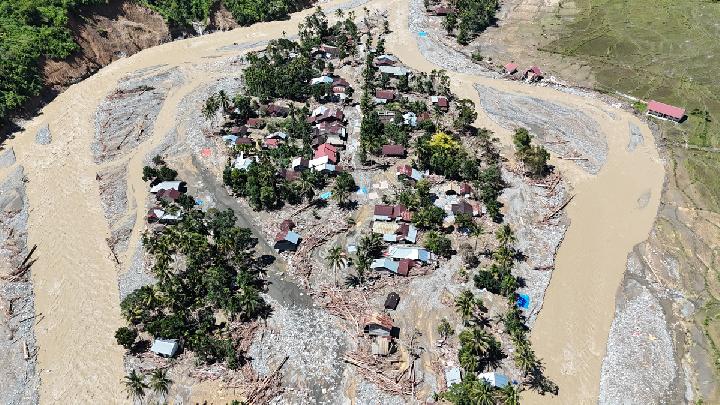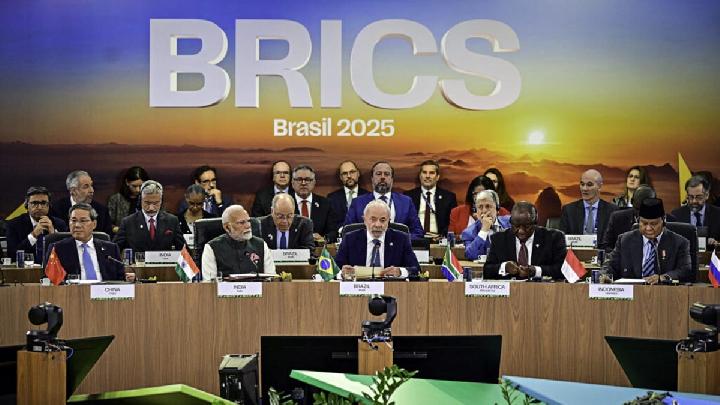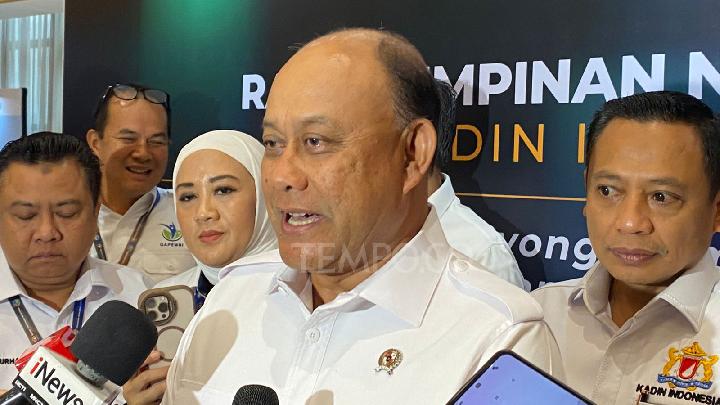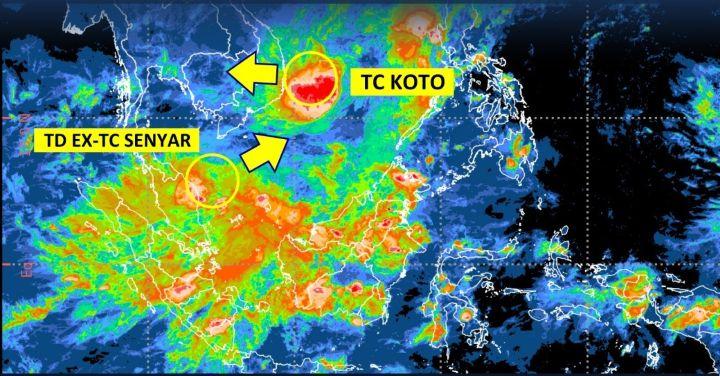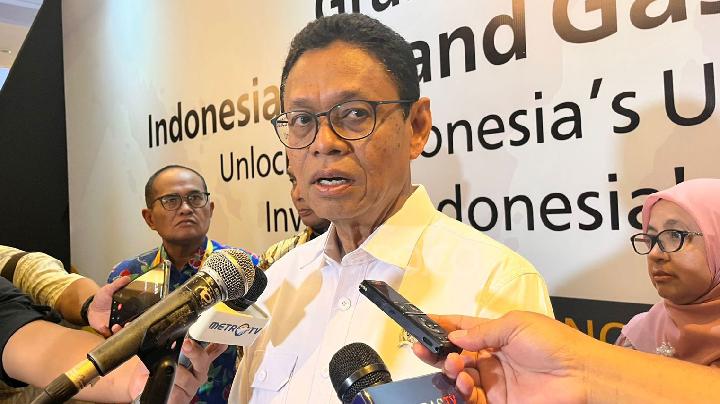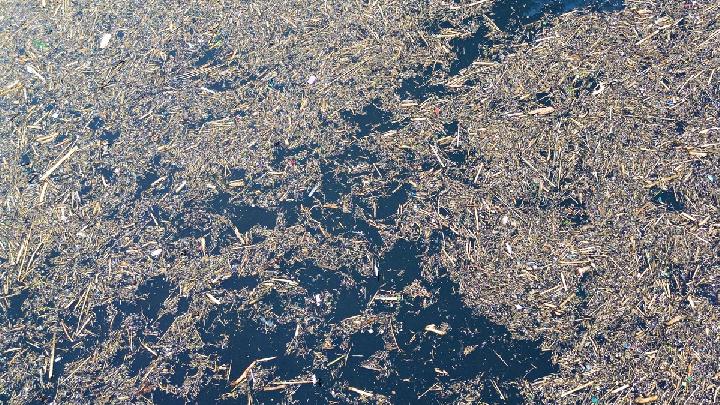September 25, 2025 | 07:08 pm

TEMPO.CO, Jakarta - Since the end of April 2025, several regions in Indonesia have officially entered the dry season. Yet, unexpected rainfall continues in many areas, a phenomenon meteorologists call the wet dry season.
This unusual pattern occurs when atmospheric conditions remain unstable during the transition between seasons. Experts say global warming also plays a role, triggering weather patterns that do not follow the usual seasonal rhythms.
What Is the Wet Dry Season?
Typically, Indonesia’s dry season is associated with hot weather and minimal rainfall. In contrast, the wet dry season still brings periodic rain, resulting in higher-than-normal humidity levels.
Although rainfall frequency decreases compared to the rainy season, the intensity of rain that does fall can still be significant, keeping the atmosphere damp.
According to the Meteorology, Climatology, and Geophysics Agency (BMKG), this seasonal anomaly is influenced by multiple atmospheric factors, both local and global.
A primary driver is the La Niña phenomenon, characterized by cooler sea surface temperatures in the central Pacific. La Niña can increase rainfall in Indonesia, particularly in regions with warmer waters.
Other global and regional factors also contribute, including a negative Indian Ocean Dipole (IOD) and active monsoon winds, which exacerbate weather instability. Even as La Niña transitions toward a neutral phase, its impact on Indonesia’s climate remains significant.
How Long Will the Wet Dry Season Last?
BMKG Head Dwikorita Karnawati explained during a virtual press conference on July 7, 2025, that this rainfall anomaly began in May 2025 and is expected to continue until October.
“The weakening of the Australian monsoon, which is associated with the dry season, keeps sea surface temperatures in southern Indonesia warm. This, in turn, sustains the rainfall anomaly,” Dwikorita said.
Currently, most regions of Indonesia are experiencing the wet dry season, which is expected to persist until August 2025.
Following this period, the country will enter the transition season (pancaroba) from September to November, before moving into the main rainy season between December 2025 and February 2026.
BMKG predicts that 403 Seasonal Zones (ZOM), which account for 57.7 percent of Indonesia’s regions, will experience the dry season from April to June 2025. The Nusa Tenggara region is expected to enter the dry season earlier than other areas.
Overall, the 2025 dry season is expected to start later than usual, with the peak forecasted in August 2025, and the dry period may be shorter than average in about 298 ZOM, or 43 percent of regions.
Impacts of the Wet Dry Season
The wet dry season has both positive and negative effects. For the water sector, higher humidity and intermittent rainfall help secure water availability. However, for agriculture, these conditions pose challenges.
Excessively moist soil can damage crops such as corn, legumes, and soybeans, increasing the risk of crop failure. Prolonged damp conditions also promote the spread of pests and plant diseases, threatening productivity.
Farmers and policymakers are advised to remain vigilant and adapt strategies to mitigate the negative consequences of this unusual seasonal pattern while taking advantage of its benefits for water resources.
Muhammad Syaifulloh and Titik Nurmalasari contributed to this article.
Editor’s Choice: Why Is Indonesia's Rainy Season Starting Early in 2025?
Click here to get the latest news updates from Tempo on Google News
M5.3 Earthquake Jolts Bali and East Java, BMKG: Destructive
23 menit lalu

The earthquake that occurred is shallow due to the activity of an active fault.
BMKG Forecast: Jakarta and Surrounding Areas Brace for Rain and Lightning
1 hari lalu

The Meteorology, Climatology, and Geophysics Agency (BMKG) has issued a weather forecast for Jakarta and its neighboring regions.
M5.1 Earthquake Hits Aceh, BMKG: No Tsunami Threat
2 hari lalu

The earthquake with a magnitude of 5.1 reached III-IV MMI scale, meaning it could be felt by many people inside their homes.
Thunderclouds Spark Concern in Bandung and Garut; BMKG Dispels Disaster Rumors
2 hari lalu

The BMKG said weather satellite data detected cumulonimbus clouds forming west of Bandung in the Bogor region and moving toward the Banten border.
Fault Activity Triggers Another Earthquake in Bekasi, West Java
3 hari lalu

The earthquake that occurred was a type of shallow earthquake due to the activity of the West Java Back-arc Thrust fault.
Is Mount Salak Causing Series of Earthquakes in Sukabumi and Bogor? BMKG Clarifies
3 hari lalu

The BMKG recorded 39 aftershocks as of Sunday night following the main 4.0-magnitude earthquake that occurred just before midnight on Saturday.
BMKG Reports Successive Earthquakes in Bogor and Sukabumi
4 hari lalu

The Meteorology, Climatology, & Geophysics Agency (BMKG) records the first earthquake with a magnitude of 4.0 on Saturday, Sept. 20, 2025, at 11:47 PM
BMKG Forecasts Rainy Morning in Greater Jakarta Today
5 hari lalu

BMKG predicts that the rain will be widespread in Jakarta from morning until afternoon.
BMKG Reports M4.9 Earthquake in Papua's Nabire, Aftershock of Thursday Tremor
6 hari lalu
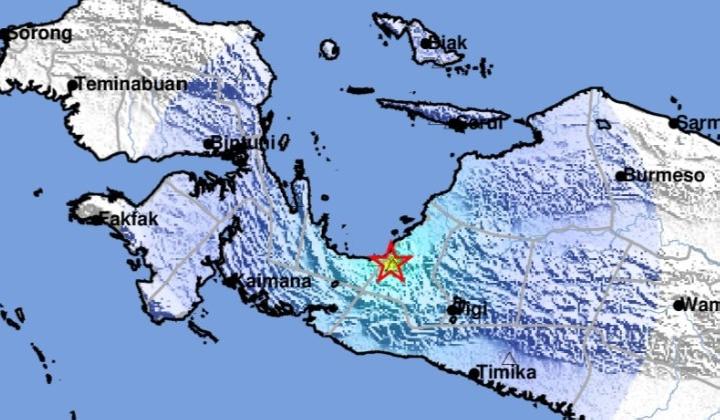
The latest earthquake in Nabire is likely part of aftershocks sequence from the main 6.6 magnitude earthquake on September 18, 2025
BMKG Weather Forecast: Rainy Morning and Afternoon in Greater Jakarta Today
7 hari lalu

BMKG detects the potential of localized thunderstorms and strong winds.


